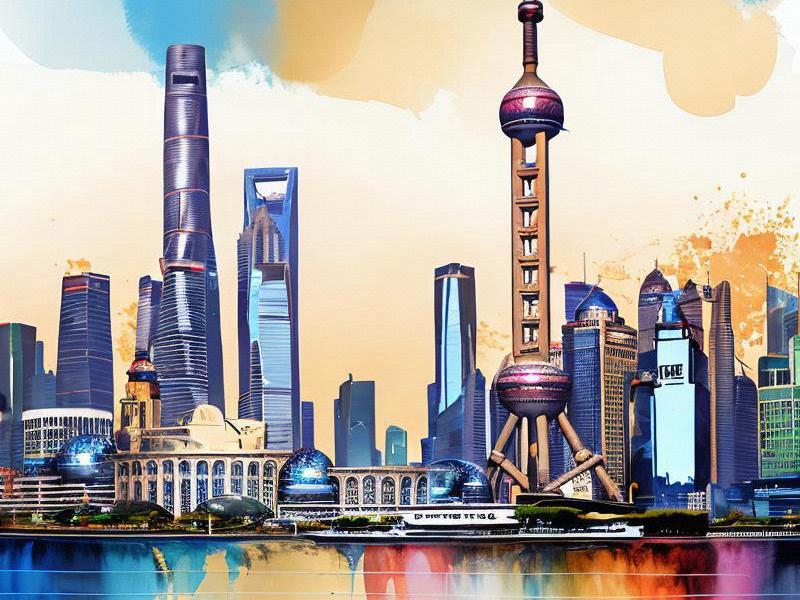Shanghai, a vibrant city on the banks of the Huangpu River, has long been a symbol of China's modernization and reform. As one of the world's largest cities, Shanghai is not only a major economic hub but also a cultural melting pot that attracts people from all over the world. This article delves into the multifaceted aspects of Shanghai, exploring its urban development, economic achievements, cultural integration, and future prospects.

上海品茶网
Shanghai's urban development is a testament to China's rapid economic growth and urbanization. Over the past few decades, the city has undergone a remarkable transformation from a small fishing village to a global metropolis. The iconic skyline of Shanghai, dominated by the Oriental Pearl Tower, Jin Mao Tower, and the Shanghai Tower, is a visual representation of its urban expansion.
The city's infrastructure has been continuously upgraded to accommodate its growing population and economic activities. The Shanghai Metro, one of the most extensive and efficient metro systems in the world, provides convenient transportation for millions of residents and visitors daily. The Bund, a historic waterfront area, has been revitalized with modern skyscrapers and cultural attractions, blending the old with the new.
Shanghai's Pudong New Area is another prime example of urban development. Once a rural area, Pudong has become a symbol of China's economic reform and opening-up. It houses the Lujiazui Financial District, home to some of the world's tallest buildings and major financial institutions. The area also features modern residential and commercial developments, as well as cultural and recreational facilities.
爱上海最新论坛